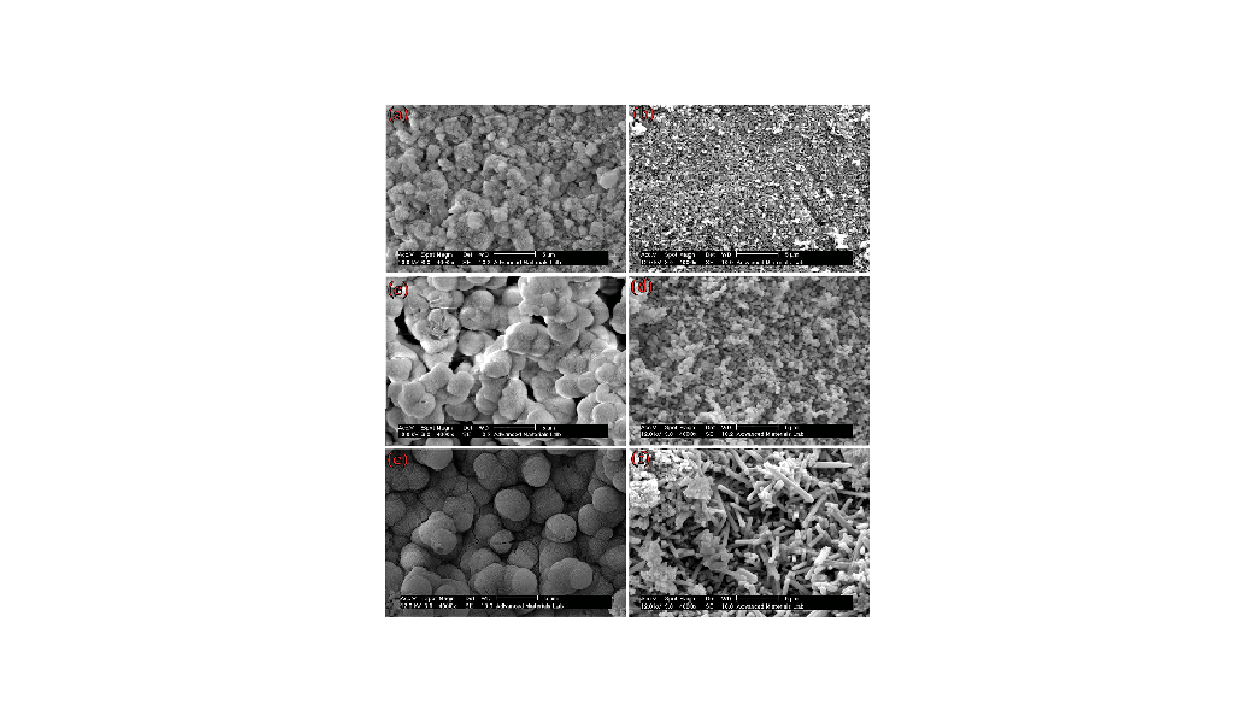In order to improve the biological activity o hydroxyapatite (HA), a multi-substituted HA (SHA) nano powder with the chemical composition of Ca9.5Mg0.25Sr0.25(PO4)5.5(SiO4)0.5(OH)1.2F0.8 was synthesized using the microwave- assisted method. X-ray diffraction (XRD), scanning electron microscopy (SEM), Fourier transform infrared spectroscopy (FTIR), and transmission electron microscopy (TEM) revealed that all ions were substituted in the HA crystal lattice. The HA and SHA nanoparticles had a semi-spherical morphology with the average size of 90 and 80 nm, respectively. In-vitro bioactivity assessments showed that after the 28-day immersion of the samples in the simulated body fluid, the morphology of the precipitated apatite’s on the surface of the HA sample still consisted of spherical particles with a cauliflower-like structure. However, in the SHA sample, the morphology of the precipitated apatite’s was changed to a nanorod-like one similar to the bone like apatite, which may be attributed to the presence of Sr in the precipitated apatite’s. The results showed that the release of the substituted ions not only had no adverse effect on the cell viability and cell attachment, but also enhanced the alkaline phosphatase activity of MG63 osteoblast like cells in the SHA group, as compared to the HA and control groups. The results indicated that the simultaneous substitution of Si, Mg, Sr, and F in HA nanoparticles could effectively promote bioactivity, cell proliferation and differentiation. This novel HA composition could be, therefore, well used for implant coating, bone tissue engineering and other orthopedic applications.

